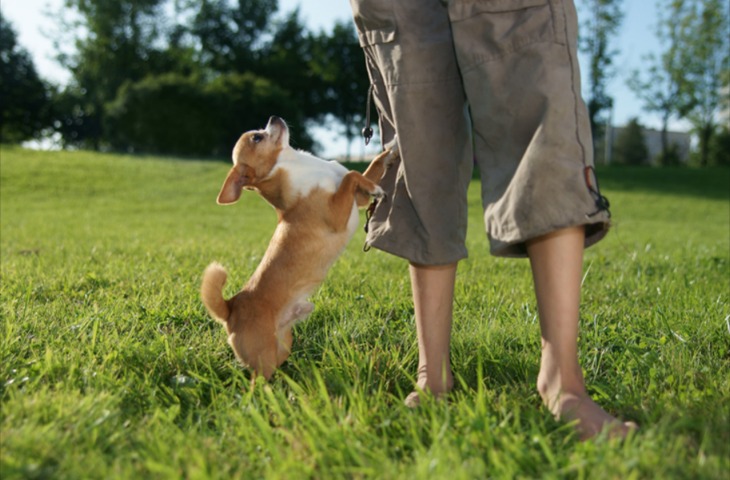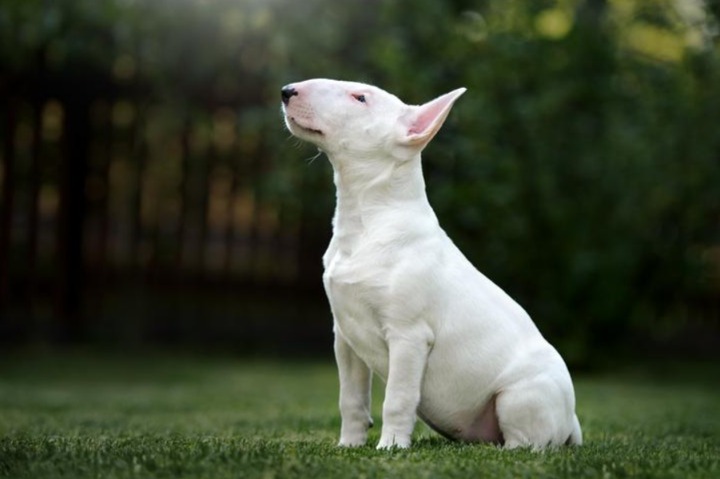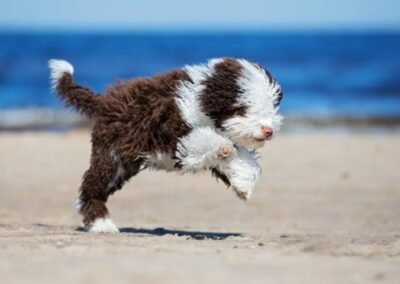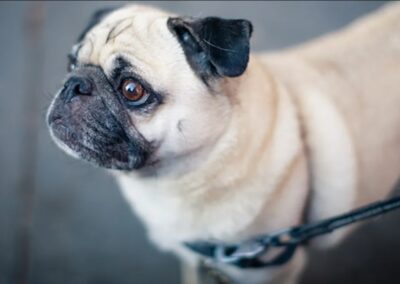
Why Dogs Jump — And Why It’s (Actually) Your Fault (Kind of)
Let me lay it on you straight: when your dog jumps on people, it’s not because she’s a monster. It’s because somewhere along the way, you’ve rewarded that behavior—even unintentionally.
The good news: you can untrain it.
Dogs jump because attention feels like the biggest prize in the world.
A pat on the chest, an excited “hey buddy!”—even a scolding—those are all reactions. Reactions = rewards.
So when your dog leaps up and you pay attention, you’ve just taught her that jumping gets her what she wants.
The trouble is, if YOU don’t enforce a consistent rule, she’ll keep doing it.
To fix this, you need to eliminate the reward for jumping—and simultaneously teach and reward the right behavior.
Let me break it down.
Step 1: Decide What You Want
Before your dog can learn what not to do, she must know what to do instead. Do you want four paws on the ground? Or do you prefer she sits for greetings?
Either way works — just choose one and be consistent.
Don’t just bark “no jump!” and leave her in confusion. Always show her what behavior earns your attention.
Step 2: Teach “Four on the Floor”
This method is very effective. Here’s how it goes:
Keep your dog on leash.
Ask someone to approach (or you approach), but BEFORE your dog has a chance to jump, toss several treats to the floor.
The idea: reward her before she springs up.
Let her eat those treats while you pet/greet her.
Repeat many times.
Gradually delay the first treat until after she’s proven she can stay on all fours.
Eventually fade the treats — the greeting itself becomes the reward.
If she jumps early, stop the greeting, walk away, and reset. Don’t chase her. Let her sit, get calm, and start again.

Step 3: Teach “Sit” for Greetings
Another option, sometimes cleaner, is teaching your dog to sit whenever someone approaches. Because a dog that sits properly can’t jump.
Tether her to something low or keep her on a short leash.
Ask for the sit. If she holds it, you approach and greet quietly. If she gets up, back away, ask her to sit again.
Gradually increase excitement, distractions, and different people as she gets better.
Again, consistency is everything. If even one person greets her while she’s jumping, she’s learned it pays off.
Step 4: Manage the Environment While You Train
You can’t expect instant perfection. So while your dog’s learning, manage the situations where she’s likely to jump:
Use a leash when guests arrive.
Use a baby gate so she can’t rush the door.
Ask visitors to ignore her until she’s calm.
Have someone drop treats on the floor before greeting her.
If she jumps, turn your back or walk away. Really. Remove the reward.
This prevents her from practicing jumping while you’re actually trying to teach something else.

Why This Works: The Science Behind It
Dogs learn through reinforcement. If a behavior results in something they want, they’ll repeat it.
If it results in nothing, or worse, removal of what they want, it fades.
This method is using negative punishment: you remove attention (which your dog values) when she jumps.
And you add attention (and treats) when she stays grounded.
And since you’re replacing jumping with a behavior that earns attention (sitting or keeping paws down), you’re teaching her a more useful, polite cue.
Common Pitfalls to Avoid
Inconsistent rules — if grandma lets her jump but you don’t, she’ll never learn.
Petting while she’s still halfway jumping — you’re rewarding halfway behavior.
People approaching too soon — if a visitor moves forward while she’s already leaping, it encourages her. Delay the greet until she’s calm.
Final Word
Stop chasing jumping behavior with scolding and instead teach, reward, and manage. Dogs want to know what pleases you.
They’re not malicious — they’re learning machines.
Once your dog figures out that polite greetings pay better than leaping, the old behavior fades.
With consistency, patience, and the steps above, your dog will learn that four paws down = love.
And watching that transformation?
That’s when the real joy begins.



